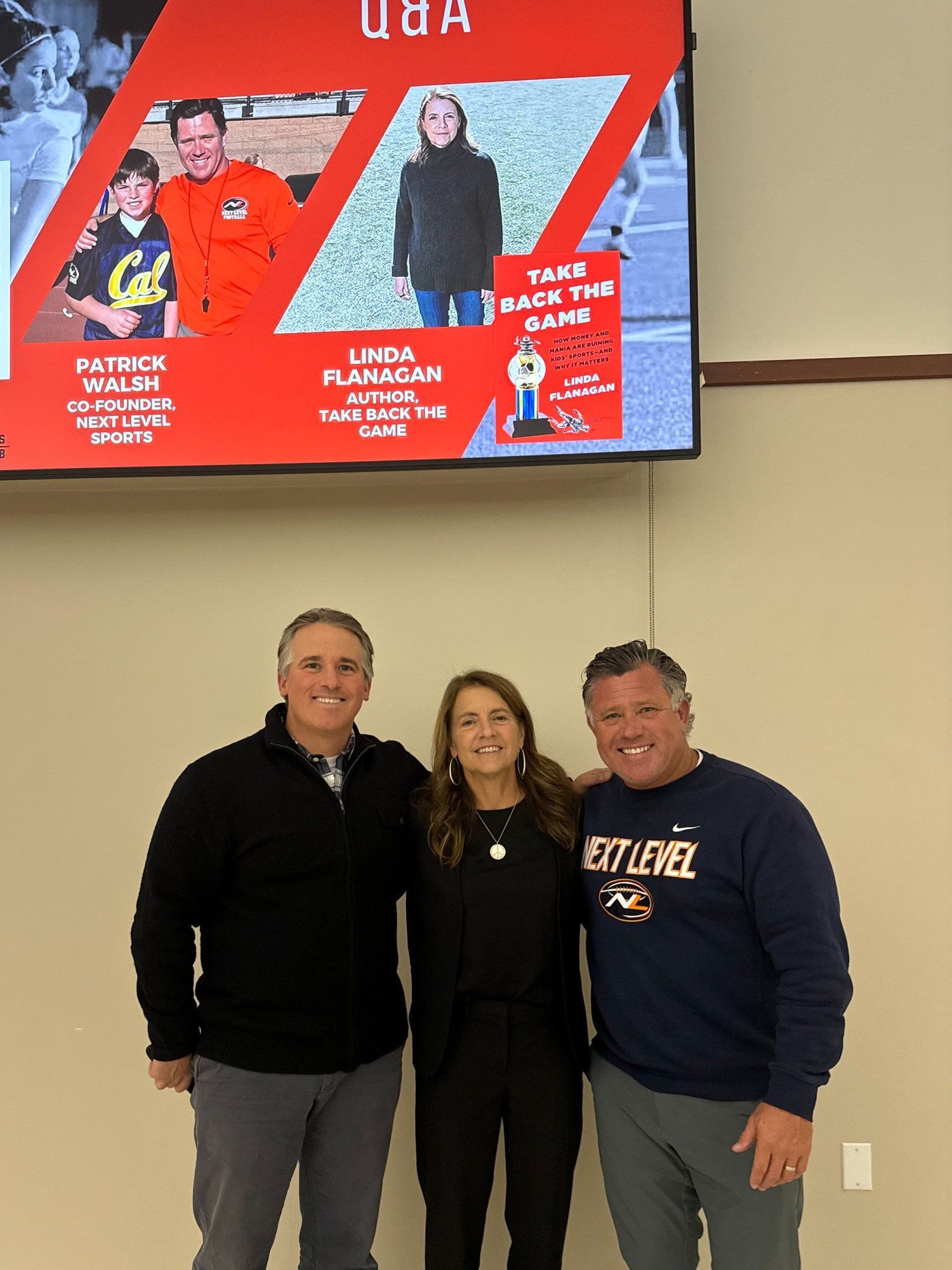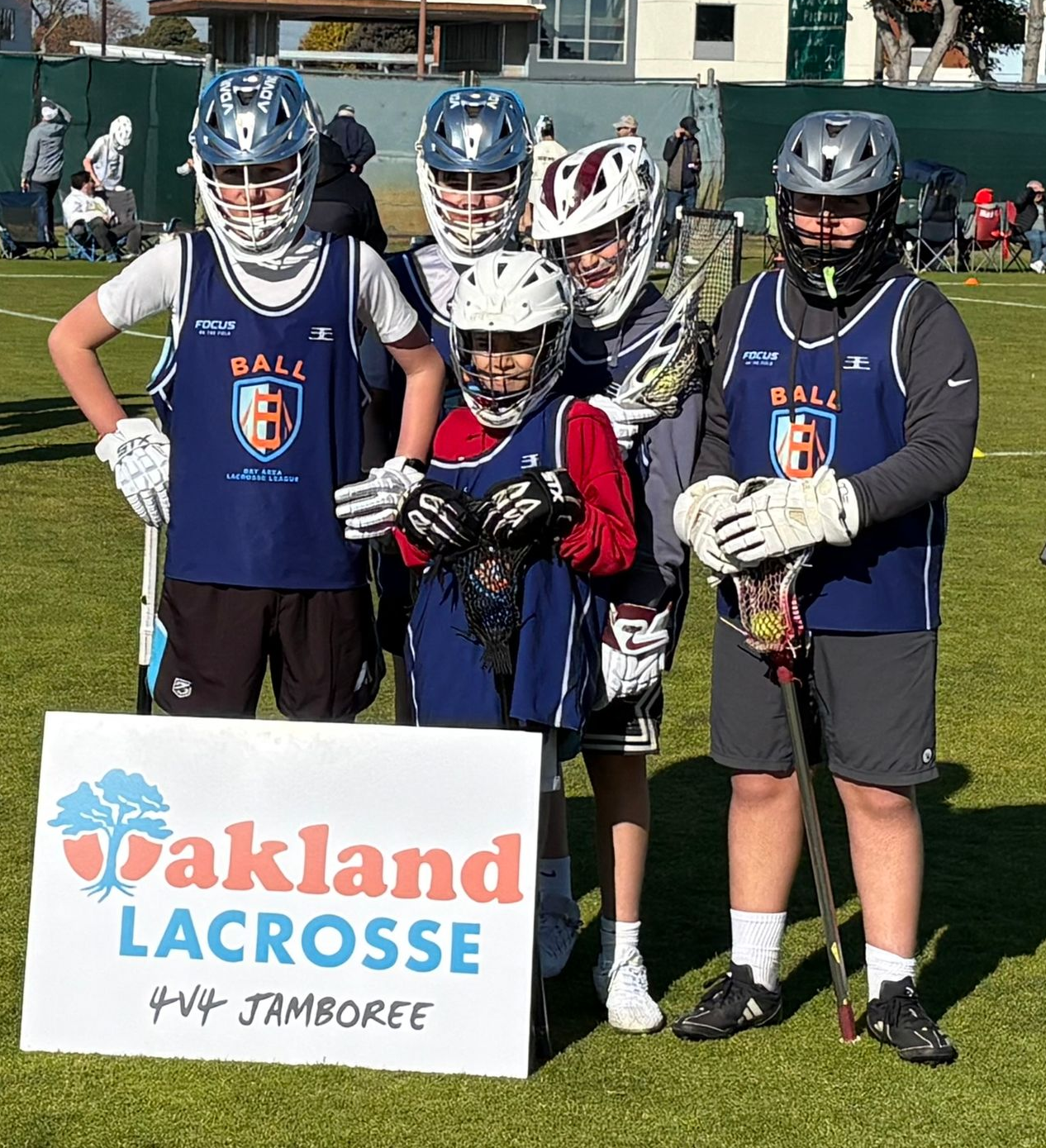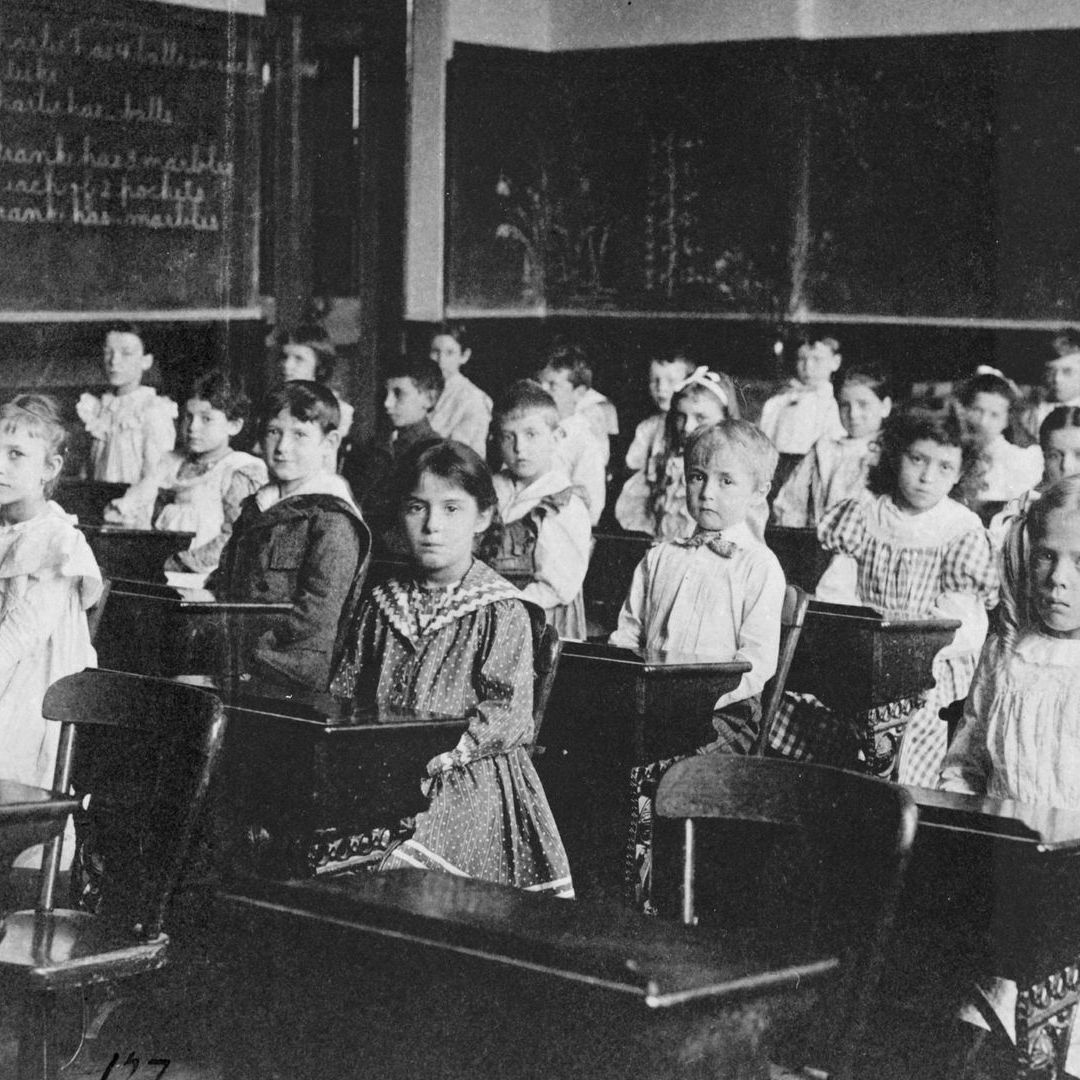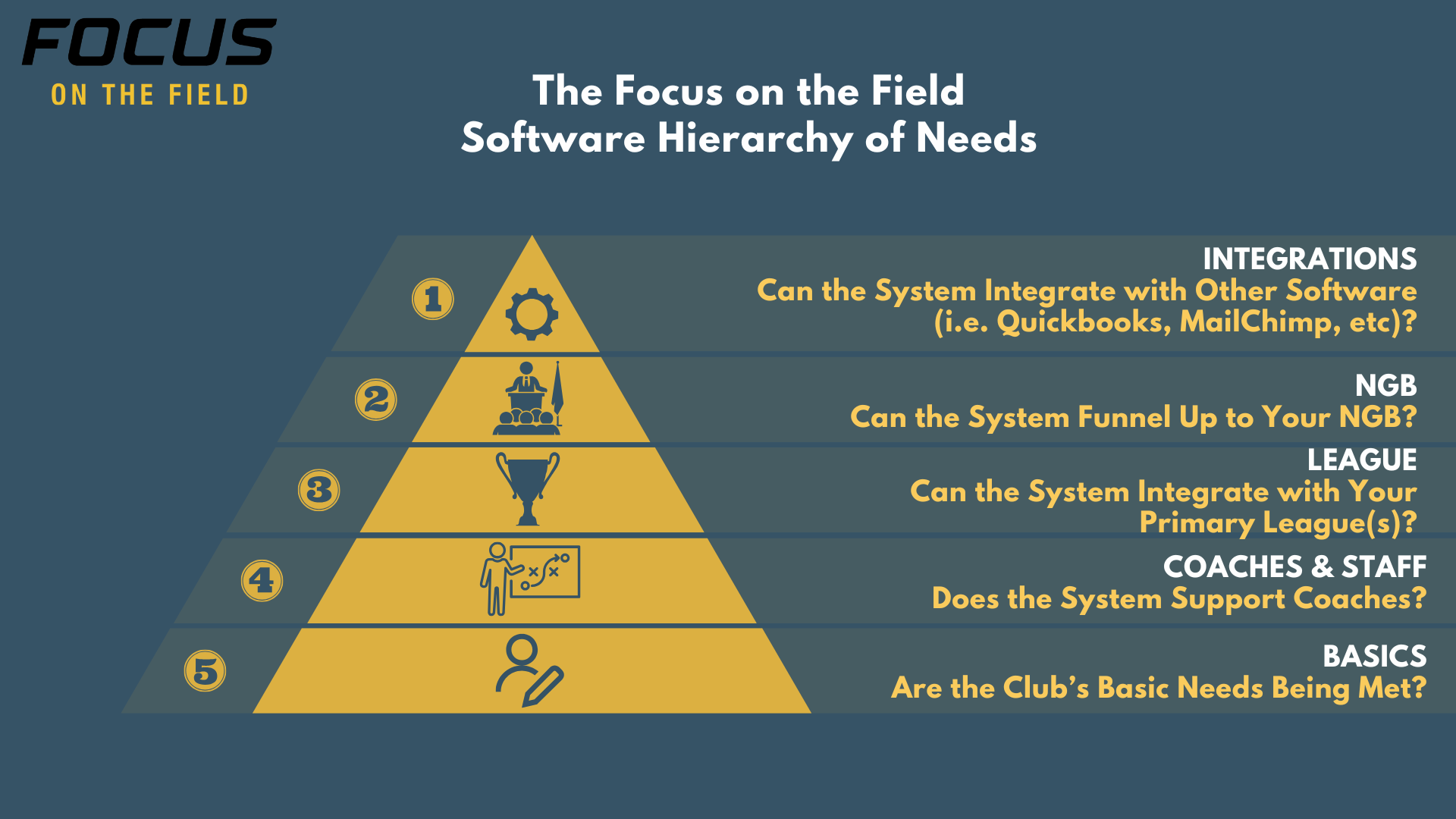A note to sports… An Unexpected Bloom - the Emergence and Acceptance of Mental Health in Sports

Dear Sports Community -
Growing up in youth sports in the 80’s and 90’s, physical performance, discipline, and teamwork were always the focal points. Grit and toughness were exalted and physical pain was a necessary feature, not necessarily in a bad way. That said, mental pain and anguish was a non factor, it just wasn’t discussed.
Rather, my coaches drilled in the importance of rigorous training, proper nutrition, and injury prevention, while my parents softly pushed for my athletic success. This was back in the 80’s and 90’s, when youth sports were still somewhat sane and the idea of a Youth Sports Industry was as prevalent as vegans at Sturgis .
The landscape has shifted since then, well documented by authors like Linda Flanagan in Take Back the Game (a must read for anybody involved in youth sports), and the pressures on young athletes has intensified. While this has created the expected consequences of burnout and fatigue, there has also been an unexpected and welcome bloom amongst these thorns. The open acceptance of and discussion about the importance of mental health.
I say this as a reformed tyrant coach.
When I first started coaching, I was not tuned into the mental health of the players I was charged with. As much as I cared for the players and wanted to do the right thing, their mental wellness was a non-factor. In my mind, the kids were either tough or they weren’t. At the time, I derided organizations like Positive Coaching Alliance as soft and disregarded their message.
What I failed to realize was that because the style of coaching I received worked for me didn’t mean it would work for everyone else. Had I taken more time to learn about PCA and the doctrine of positive coaching I could have provided a better experience for a greater group of kids.
The 2024 Paris Olympics served as a vivid example of how important mental health awareness is. Noah Lyles, the Olympic 100 Meter champion, openly discussed his struggles with depression, ADHD and other health issues. Simone Biles, who was begrudgingly forgiven by the world for pulling out of the 2021 Tokyo Olympics due to mental wellness, used the Parisian games as a literal springboard to redemption and acceptance of her own challenges.
In the recent past these revelations would have been taboo and it’s laudable how the world's premier athletes have pushed this conversation into the light. As the athletes have led, their coaches have followed suit. However, it's one thing for the Steve Kerr’s and Emma Hayes to embrace this tack with their elite teams, it’s a whole other lift for the collective adults in the youth sports world- from coaches to parents - to embrace the need to focus on mental development as much as physcial development.
The stigma surrounding mental health in sports remains a significant barrier. The traditional view that mental toughness equates to ignoring emotional struggles is outdated and harmful. More work is needed to combat this view, especially at the youth level. Coaches, parents, and sports organizations must foster an environment where mental health is openly discussed and supported, just as physical injuries are. When a sprained ankle demands immediate attention, so too should signs of anxiety or depression.
Coaches and parents are key players in this cultural shift. They need to be trained to recognize signs of mental distress and equipped to provide the necessary support. For instance, during the Paris Olympics, the organizing committee included mental health professionals as part of the athlete support teams, offering counseling and mental health resources throughout the Games. This model should be adapted for youth sports, where access to mental health support can make a profound difference in an athlete’s experience and well-being.
Moreover, governing bodies in youth sports must take a proactive role in promoting mental health awareness. Just as the International Olympic Committee did by integrating mental health resources into the Paris Games, youth sports organizations should establish similar guidelines and provide training for coaches on mental health. By normalizing mental health support and making resources readily available, we can create a safer, more supportive environment for young athletes.
The lessons from the 2024 Paris Olympics underscore the urgent need for mental health awareness in youth sports. By valuing mental health as much as physical fitness, we not only safeguard the well-being of young athletes but also set them up for long-term success, both on and off the field. It’s time to recognize that a truly successful athlete is healthy in both mind and body, and that prioritizing mental health is a crucial step toward achieving that balance.
Best-
Tyler











